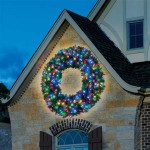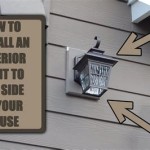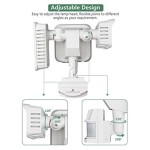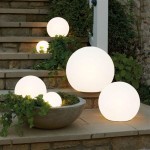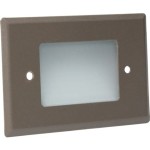Essential Aspects of Photoelectric Cell for Outdoor Lights
Photoelectric cells, also known as light sensors or photodiodes, play a critical role in outdoor lighting systems, enabling automatic illumination when darkness falls. Understanding their essential aspects is crucial for optimizing the performance and efficiency of these lighting systems.
This article will delve into the key aspects of photoelectric cells for outdoor lights, including their working principle, types, key specifications, installation considerations, and troubleshooting tips.
Working Principle of Photoelectric Cells
Photoelectric cells are semiconductor devices that convert light energy into electrical energy. When light strikes the cell's surface, it generates an electrical current proportional to the light intensity. This current can then be utilized to control the operation of outdoor lights.
Types of Photoelectric Cells
Photoelectric cells are primarily classified into two types:
- Cadmium Sulfide (CdS) Cells: These are low-cost, relatively insensitive cells commonly used in simple lighting applications.
- Gallium Arsenide (GaAs) Cells: These are highly sensitive cells with a wide spectral response range, making them suitable for applications requiring precise light detection.
Key Specifications of Photoelectric Cells
When selecting a photoelectric cell for outdoor lights, it is important to consider several key specifications:
- Sensitivity: The sensitivity of a photocell is expressed in lux and represents the minimum light intensity required to trigger the cell's operation.
- Time Delay: This specifies the time it takes for the photocell to turn on or off when the light level changes.
- Spectral Response: This describes the range of wavelengths of light that the photocell can detect.
Installation Considerations for Photoelectric Cells
Proper installation is essential to ensure the optimal performance of photoelectric cells:
- Location: The cell should be placed in a location where it will receive unobstructed light from the intended source.
- Orientation: The cell should be oriented facing the light source, with no obstructions blocking the light path.
- Mounting: The cell should be securely mounted to prevent any movement or vibration.
Troubleshooting Tips for Photoelectric Cells
If a photoelectric cell is not functioning properly, the following troubleshooting tips can be helpful:
- Check the light source: Ensure that the light source is functioning and providing adequate illumination.
- Inspect the cell: Look for any damage or dirt on the cell's surface. Clean the cell if necessary.
- Test the cell: Use a multimeter or a dedicated photocell tester to measure the cell's current output.
- Adjust the time delay: If the cell is not turning on or off at the desired time, adjust the time delay settings accordingly.
Conclusion
By understanding the essential aspects of photoelectric cells for outdoor lights, you can select, install, and maintain these devices effectively. By optimizing the performance of photoelectric cells, you can ensure efficient and reliable automatic illumination in outdoor lighting systems.

Photocell Outdoor Lighting Control 866 637 1530

Hardwire Post Eye Light Control With Photocell Automatic Sensor Switch Ledwholers

Design House 120 Volt Outdoor Internal Mount Photocell With Dusk To Dawn Sensor 588095 The Home Depot

Private Brand Unbranded Outdoor Lamp Photocell To Add Dusk Dawn Functionality Hbphotocell The Home Depot

120v Outdoor Swivel Mount Light Control Photocell

Lngoor 2pcs Dusk To Dawn Photocell Ip66 Twist Lock Photocontrol 110 277v Light Sensor Switch For Outdoor Lighting Ce Approved Twilight Blue Com

Light Control Socket With Photocell Sensor Outdoor True Value

Hardwire Post Eye Light Control With Photocell Automatic Sensor Switch Ledwholers

Design House 180 Degree Gray In Light Sensor The Motion Adapters Department At Com

Woods 15 Amp 24 Hour Outdoor Plug In Photocell Light Sensor Single Digital Timer Black 50013wd The Home Depot

